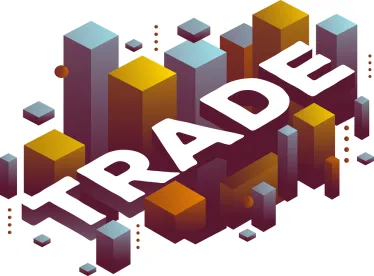On Friday, May 17, 2019, the United States opted to reduce trade tensions with its immediate neighbors – Mexico and Canada – by eliminating Section 232 tariffs on steel and aluminum on imports from those countries, helping to pave the road for congressional approval of the U.S.-Mexico-Canada (USMCA) Agreement. While global trade tensions remain, for the time being President Trump has also postponed the imposition of tariffs on automobiles from Europe and Japan. At the same time as this truce with the North American neighbors, President Trump is seeking to toughen measures on China, which has been accused of unfair trade practices and flooding global markets with subsidized steel and aluminum products.
Canada and Mexico Exempted
President Trump signed proclamations establishing Section 232 tariffs on certain steel and aluminum imports. President Trump enacted a 25% tariff on covered steel imports and a 10% tariff on covered aluminum imports. The Commerce Department subsequently established an exclusion process, under which steel users can request their imports be excluded from the tariffs and through which domestic steel producers can file objections setting out their capacity to manufacture the requested product. Tens of thousands of exclusions have been filed to date and new petitions are submitted daily.
The Latest
In order to pave the way for ratification of the United States-Mexico- Canada Agreement (USMCA), the Administration lifted the Section 232 steel and aluminum tariffs against Canada and Mexico. Canada and Mexico agreed to lift their respective retaliatory tariffs as well, clearing the air for North American businesses that rely on these products.
What Is Next
Just as the Canada/Mexico tariffs are lifted, pressure is only increasing on companies importing covered goods from the rest of the world. Companies will continue to participate in the 232 tariff and quota exclusion process, especially as some of the earliest granted exclusions are reaching or will soon reach their one-year expiration date.





 />i
/>i

